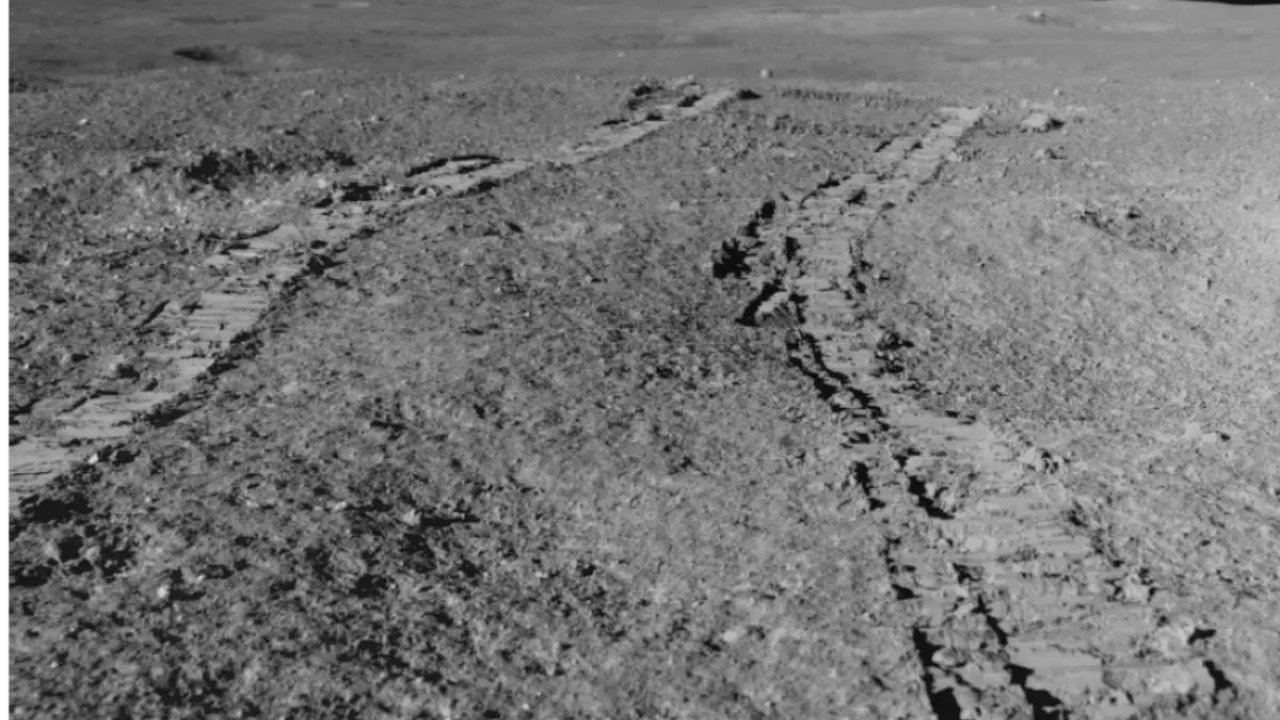BENGALURU: The Chandrayaan-3 rover Pragyan, whose rear wheels are embossed with the Indian national emblem and the Isro logo, has been unable to leave a “clear” imprint of the two on the lunar soil. This, scientists said, is a good sign as it gives a new understanding of the properties of the lunar soil in the south pole region.
New information about the soil could prove critical for missions envisaging lunar habitation and sustained human presence.
Isro chairman S Somanath told TOI in an exclusive interaction: “You are right (the unclear emblem and logo imprints have given a new understanding). We already know it (soil) is different but we have to find out what’s making it different. The lunar soil is not acting dusty but is lumpy. This means something is binding the soil; we need to study what is binding the soil.”
TOI had indicated last week that Isro was expected to learn new things about the lunar soil.
On the much anticipated second innings of Vikram (lander) and Pragyan, Somanath said: “Till now there has been no signal, but I cannot say it will not come up. We can wait the entire lunar day (14 Earth days) as there will be continuous sunlight throughout that period, which means temperature will only go up. As long as the temperature is increasing there are chances of systems inside getting warmed up. So the systems could even wake up on the 14th day, there is no way to predict when it could happen.” He said there were multiple advantages to the two systems waking up again, the primary one being the ability to repeat the in situ experiments.
He said even the Radio Anatomy of Moon Bound Hypersensitive ionosphere and Atmosphere would benefit from probing the Moon from a different location and so far as other payloads go, the advantage would be getting data from a different time.
New information about the soil could prove critical for missions envisaging lunar habitation and sustained human presence.
Isro chairman S Somanath told TOI in an exclusive interaction: “You are right (the unclear emblem and logo imprints have given a new understanding). We already know it (soil) is different but we have to find out what’s making it different. The lunar soil is not acting dusty but is lumpy. This means something is binding the soil; we need to study what is binding the soil.”
TOI had indicated last week that Isro was expected to learn new things about the lunar soil.
On the much anticipated second innings of Vikram (lander) and Pragyan, Somanath said: “Till now there has been no signal, but I cannot say it will not come up. We can wait the entire lunar day (14 Earth days) as there will be continuous sunlight throughout that period, which means temperature will only go up. As long as the temperature is increasing there are chances of systems inside getting warmed up. So the systems could even wake up on the 14th day, there is no way to predict when it could happen.” He said there were multiple advantages to the two systems waking up again, the primary one being the ability to repeat the in situ experiments.
He said even the Radio Anatomy of Moon Bound Hypersensitive ionosphere and Atmosphere would benefit from probing the Moon from a different location and so far as other payloads go, the advantage would be getting data from a different time.
Denial of responsibility! Swift Telecast is an automatic aggregator of the all world’s media. In each content, the hyperlink to the primary source is specified. All trademarks belong to their rightful owners, all materials to their authors. If you are the owner of the content and do not want us to publish your materials, please contact us by email – swifttelecast.com. The content will be deleted within 24 hours.


